A Wake Up Call for India and the World
Among the major man-inflicted mass tragedies of the 20th century, Tibet stands out as the one that received the world’s least attention for post-event rehabilitation and trauma mitigation. A country with all the internationally accepted trappings of sovereignty- territory, people, currency, flag and treaty making authority etc it exercised for centuries was militarily smashed and grabbed in 1950 by its ultra-nationalist neighbour bent upon fulfilling its imperial dreams of the Middle kingdom. This epochal event unleashed profound geo-strategic and security implications for all the Tibet’s neighbours, more so for India. India’s friendly border with Tibet turned into a hostile frontier with China that erupted into a full-scale war in 1962 and that remains intractable to a resolution anytime soon. Yet much of the dynamics of these developments is misty largely owing to scarcity of definitive materials and that too at one place on the subject. Tibet: Perspectives and Prospects, a Vivekananda International Foundation publication seeks to remove much of the mist around the subject of the status of Tibet, brings much needed perspectives for a dispassionate study of it and is a valuable addition to the existing literature on the subject that is risking fading out in the din and glare of the so-called rising China.
The book is a collection of speeches and analytical essays by contributors who relate closely to the past, present and future of Tibet and have been deeply interested in the study of the subject. The book is divided into three main sections beginning with “the historical and civilisational setting”, followed by an examination of the “current situation and trends”, and ending with a broad analysis of the “humanitarian and socio-economic aspect” of the problems of Tibetans. It concludes with suggestions though far from being prescriptive on how to revive India’s Tibet policy.
The book highlights some critical issues as far as India’s stand on Tibet is concerned. It argues that India, independent or under the British rule, has not stood by Tibet at its unfortunate times. Be it Nehru’s ignorance of the possibilities of Chinese attack via Tibet or India’s position while Chinese troops invaded Tibet. Ironically, India was the first country to recognize Chinese sovereignty over Tibet. And while Nehru, with much enthusiasm than called for, approached the UN for Jammu and Kashmir settlement, he blocked all efforts to raise the Tibet issue at the UN. This was a tremendous setback to the territorial security interests of India, providing the prologue to the Sino-Indian war of 1962.
It examines and reveals the current simmering situation in Tibet and broadly covers the environmental concerns, human right issues, and the resolution on self-determination for Tibet. It delves well into a geographical study of Tibet and has recognized various military and civilian activities pursued by China that imperils the delicate and precious environment of Tibet. The project to dam river Yarlung-Tsangpo (Brahmaputra in India) is seen as an alarming development in the north-eastern states of India and Bangladesh. Other rivers that reach South East Asian nations too are being dammed and diverted. Meanwhile, heavy military build up in Tibet is causing much environmental instability and its consequences will be shared by many of the Asian countries. Known as the water tank of Asia, Tibet and its environment demands sensitivity and care for millions of lives, besides those of Tibetans depend on it.
The issues of human and socio economic rights have been examined on the basis of documented facts rarely available in public domain. The endless accounts of self-immolation reflect the intensity of anguish the Tibetans are going through. The cultural genocide, as His Holiness the Dalai Lama calls it, is being carried out systematically while the world looks the other way. The book also studies the 1959 published reports of the International Commission of Jurists (ICJ) that highlights the fact that the Chinese military advance was “a prima facie case of systematic intention…to destroy in whole or in part the Tibetans as a separate nation and the Buddhist religion in Tibet.” Another report by ICJ in 1959 concluded that “acts of genocide had been committed”, and that “Tibet was at the very least a de facto independent State” before its forcible annexation by the Chinese government in 1951. Following the release of the reports by the ICJ, a UNGA Resolution 1353 (XVI) addressing the question of Tibet was passed. Subsequently, with the support of 56 member states, another UNGA Resolution 1723 (XVI) on self-determination for Tibet was passed on 20 December 1961. The book argues to revive the Resolution in order to protect the rights and values of Tibetans.
It belabors the point that India’s Tibet policy so far has been to the detriments of not only Tibetans but continues to debilitate India in several ways and undermines its national security and thus calls for urgent course correction. Authors with long experience in international diplomacy and geo-strategy suggest the way forward. Interestingly, the book also dwells on the nuances of the growing concept of the responsibility to protect (R2P), with the argument that a state practicing sovereignty needs to act responsible to the people.
The book has made a sincere effort in bringing out the terminal threats to the cultural survival of Tibetans and their tenacity to save their spirituality permeated culture and identity in the face of heavy odds from China. India, as the motherland wherein this culture and dharma was born, has the moral responsibility to protect it by preserving and promoting the Tibetan cultural centers and practitioners, not just in India or Tibet Autonomous Region but also in the rest of the world. The book exhorts India for a muscular response to the Tibet issue.
It bursts many myths concerning Tibet, for instance, the fact that Cultural and Historical Tibet is not just TAR of China but also includes the provinces of Qinghai, Gansu, Sichuan and Yunnan. It reveals the historical and civilisational backdrop to detail and capture quite accurately the current political, cultural and environmental undercurrents of Tibet. But most importantly, it calls for the people of India, who are closely related to Tibetans, along with the international community, to reach out to the people to Tibet, hear their plight, and help them in their struggle for survival. The book is a must read for the strategic community and fulfills the quest of the general reader interested in Tibet, its geo-politics and India’s security concerns with China.
(The author was Special Director, Intelligence Bureau)

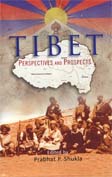

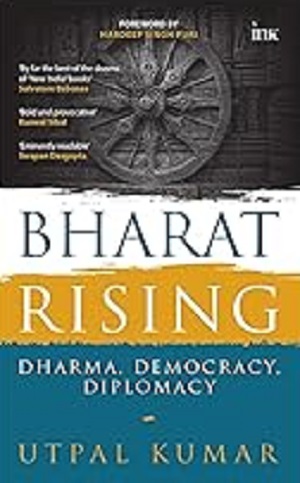
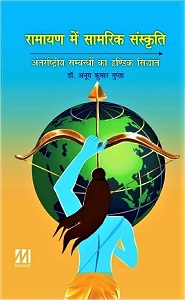
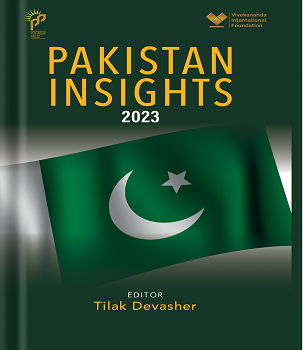
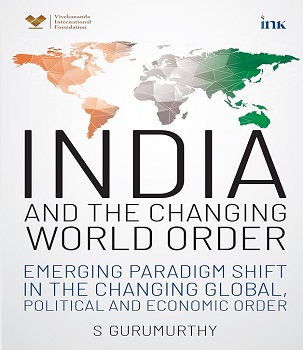
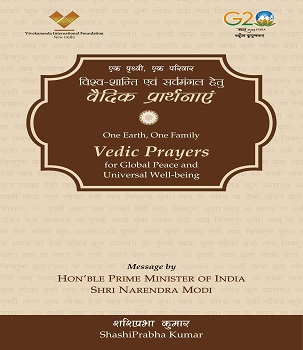
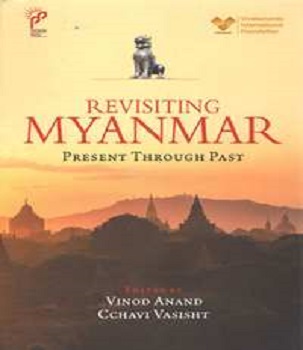
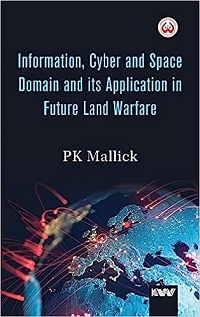
Post new comment